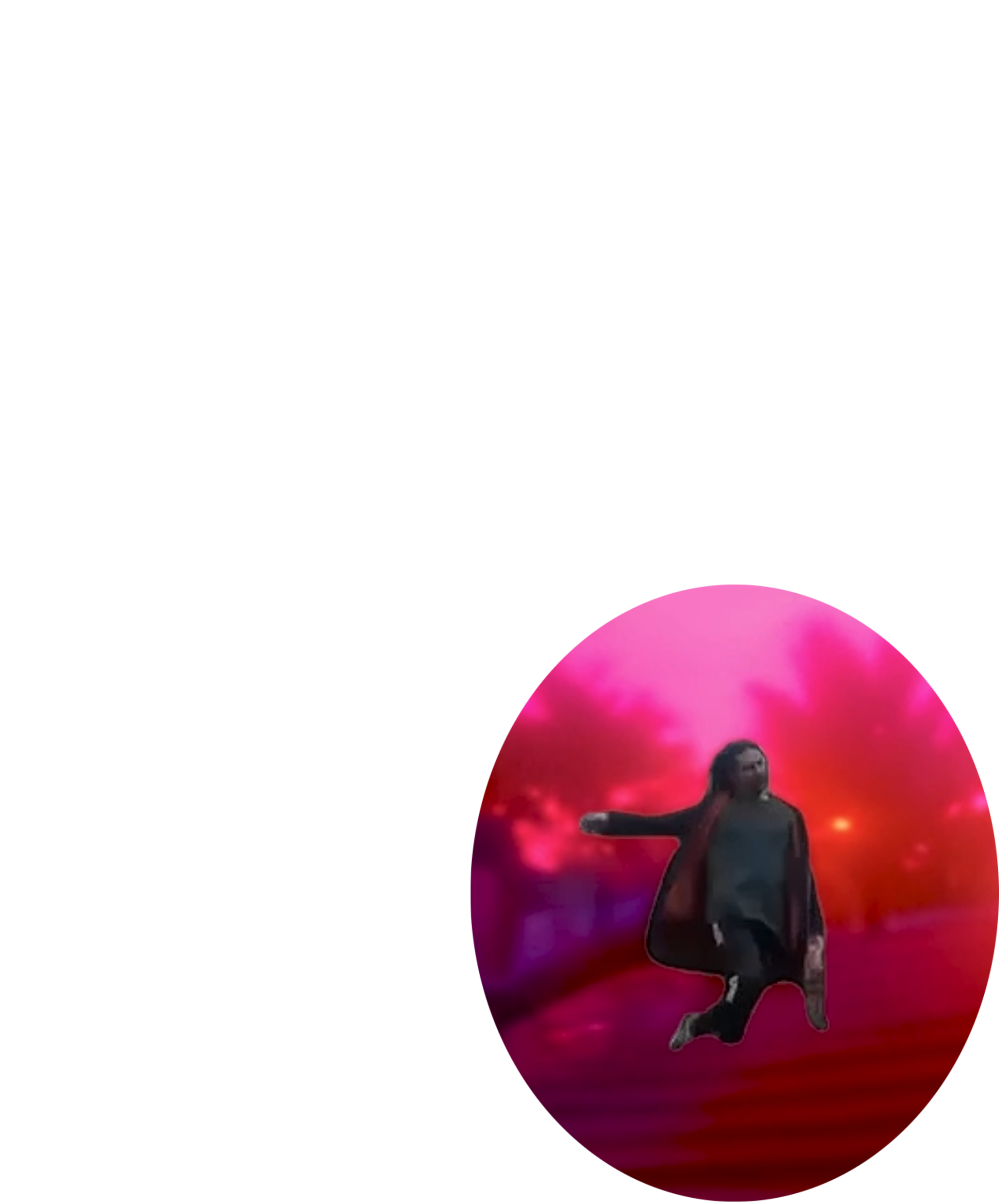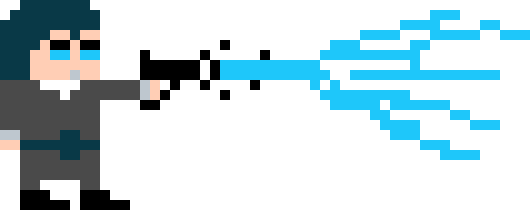

The Association de Malfaiteurs is a collective of two & their guests. A collective with variable geometry formalised in 2021 and which has already existed for a long time. One day Brice Catherin and Jonathan O'Hear finally made their common artistic commitment official in the form of an association. More than a legal form (they already had several), it is an artistic statement that they developed together and with others. It is through time that this concept has taken shape, through the numerous artistic encounters, through the projects, the workshops and the discussions that they have collected.
More than an artistic act, the association de malfaiteurs is an act of love that wants to bring together all the brilliant people who have been gravitating around each other for several decades.
The intention is simple: a unifying association that must be evolutionary at its core. It is not a goal or a path, it is a starting point to which one can return and from which one can leave again and again, and never alone.
So the Association de Malfaiteurs already had many collaborators and several projects before it even existed. There are artists from all disciplines, philosophers, engineers, sociologists, architects and machines.
It is a human network and a constellation of projects that look at each other, collide, influence each other, cross paths, exchange and love each other.
2020 - Glory
2022 - Ripe
2022 - Monochromes intérieurs
2022 - Points de référence
2024 - It could be better
2024 - Our Lady of AIs' Sorrows

Glory is a web series in three parts. Each part is a different web app. It's about fascism, it's great, and it's free. It works quite badly on Safari and very well on all other browsers. The photo above is a version I transformed from a CC-licensed photo by Sebleouf.
Episode 1.
Episode 2.
Episode 3.
Ripe is a performance that renews the relationship of the classical cellist to a piece of the repertoire, the Kodaly sonata. To allow this renewal, instead of being able to change the tuning of the cello, it is the cellist who is modified. Each of the three movements of the sonata is preceded by a long dance solo, through which his body is completely transformed: exhausted, of course, but also open, rediscovered, reworked, stretched, burning, anchored, conscious.
To dance, he uses Ioannis Mandafounis' methodology, which has the rare quality of adapting and sublimating all bodies (of all ages) instead of normalising them and demanding their youth. In this method, based on improvisation, the dancer's emotions are the driving force behind the movements. The body and the space in which it evolves become resonance boxes for these emotions. This is where the virtuous circle of interdisciplinarity is created: the emotions created by Kodaly's music are further amplified by the dance; those created by the dance are further amplified by the music. One could speak of a "feedback loop" between the two disciplines.
Thus the sonata, on the one hand freed from the automatisms of interpretation that are inevitable after twenty years of practice, and on the other hand nourished by the emotions of the dance, will be discovered by the performer and the audience as an unheard-of and new work. In return, the dance will benefit from the idiosyncrasies of the cellist's body and all the music with which it is charged. It will also be a unique experience for the audience, since traditionally dance and music are entrusted to different artists instead of passing through, as here, the same body.
Artists: Brice Catherin, Ioannis Mandafounis and Jonathan O’Hear
Interview (in French):
Full show:
Monochromes intérieurs (inner monochromes) is an extension of both Ripe and Points of Reference. This interactive performance explores the internal movements caused by visual and sound. Performers and spectators wear headphones and 1D glasses.
With the 1D glasses, one enters the colour as if in an infinite space, without forms. In the absence of concreteness, our sensitivity increases, the brain looks for something to see. Vague shapes like ghosts begin to appear, then clear geometric shapes, lines, and hallucinations.
In the headphones we hear, in the centre of the skull, the sound of the unplugged electric cello. It is only four strings without any resonance that give a sound that is at the same time very pure, strange and of a particular harshness. One has no cultural reference point to understand it, and has to get to know this new sound culture "on the spot".
Together, the feeling of immersion in oneself becomes so strong that it is sometimes almost unbearably intense.
The artists are also immersed in the installation and are also affected by the colours and sounds they produce. This creates a feedback loop between their instantaneous states of mind and the way these states of mind add up to each other. An inner movement is induced by the sounds and colours, causing the brain to surrender to the body. It is an abstract alternative to the realism of ultra high definition and virtual reality. An opposite direction that explores a more intimate connection with our inner world and with the visible and invisible forces of nature that surround us and link us to everything and everyone. When fifty people experience this simultaneously, it becomes an individual and shared experience, a form of collective hallucination.
Artists:
Jonathan O’Hear and Brice Catherin
Interview (in French):
Full show:
Photos de Zoé Aubry :
Points of Reference examines the notion of shared experience through aphantasia. It is an immersive space, the projection of a troubled mind for which reality is uncertain and changing.
Aphantasia is the inability to represent a mental image. We are all on the spectrum between aphantasia and hyperphantasia. It affects images, sounds and smells and profoundly influences the way we think, remember and perceive the world. We design our reality based on these perceptions and memories. Our brain takes the oceans of information that flood our senses and transforms them into a subjective inner world that seems unchanging. Over time, the memories that construct this reality change and become out of sync with those of others, even if they are common experiences. When our worldview changes, we modify our memories to address cognitive dissonance. On the other hand, we tend to see and hear what we expect to see and hear, and everything leads us to believe that this is reality, and even that this reality is shared by others.
We do not have the same reference points and memories; it is a miracle that we understand each other, supposing we can be understood.
This installation plays with the limits of the visual system, so artists and spectators, although present at the same time, will perceive very individual realities. It is by comparing them that they will construct a new composite and collective reality.
Artists: Jonathan O’Hear and Carolina Restrepo
It could be better is a transdisciplinary project by the Association de Malfaiteurs and the Noisebringers, with Afulodidim Nikefolosi and their guests, that took place at Analix Forever (Switzerland) from the 8 January to the 21 February 2024. It involved:
Jonathan O’Hear (installations, performances, co-creation)
Brice Catherin (installations, performances, co-creation)
Maria Sappho (installations, performances, co-creation)
Henry McPherson (installations, performances, co-creation)
Afulodidim Nikefolosi (installations, performances, co-creation)
Guests: Anonymous sex workers (CH), Victor Sebastiao da Silva (CH), Chimbwaka Ellah Simwanza (Zambia), Kaluba Champo (Zambia), Nikias Imhoof (CH).
It could be better makes rare or unheard voices audible by initiating and presenting artistic collaborations with marginalised or silenced people who do not usually enjoy the privilege of accessing stages, galleries and publications. These people, some of them artists, come from very different cultures, social classes, generations and professional practices. Two of the commonalities that bind them are:
1) their willingness to share art and/or stories that rarely find a place in the Global North cultural landscape;
2) a common desire to collaborate to imagine, together, new forms to share this art and these stories.
The quick video tour (guided by Mwendajangula) is visible above.
The full tour of the exhibitions is available below:
Our Lady of AIs' Sorrows is a film by Brice Catherin that was made for and during the Fuk'Agesi festival in Johannesburg in October 2024. Following Jonathan O'Hear's invitation, Brice Catherin wrote and directed this film with the participation of Maria Sappho (a human) and Chimère (an AI).